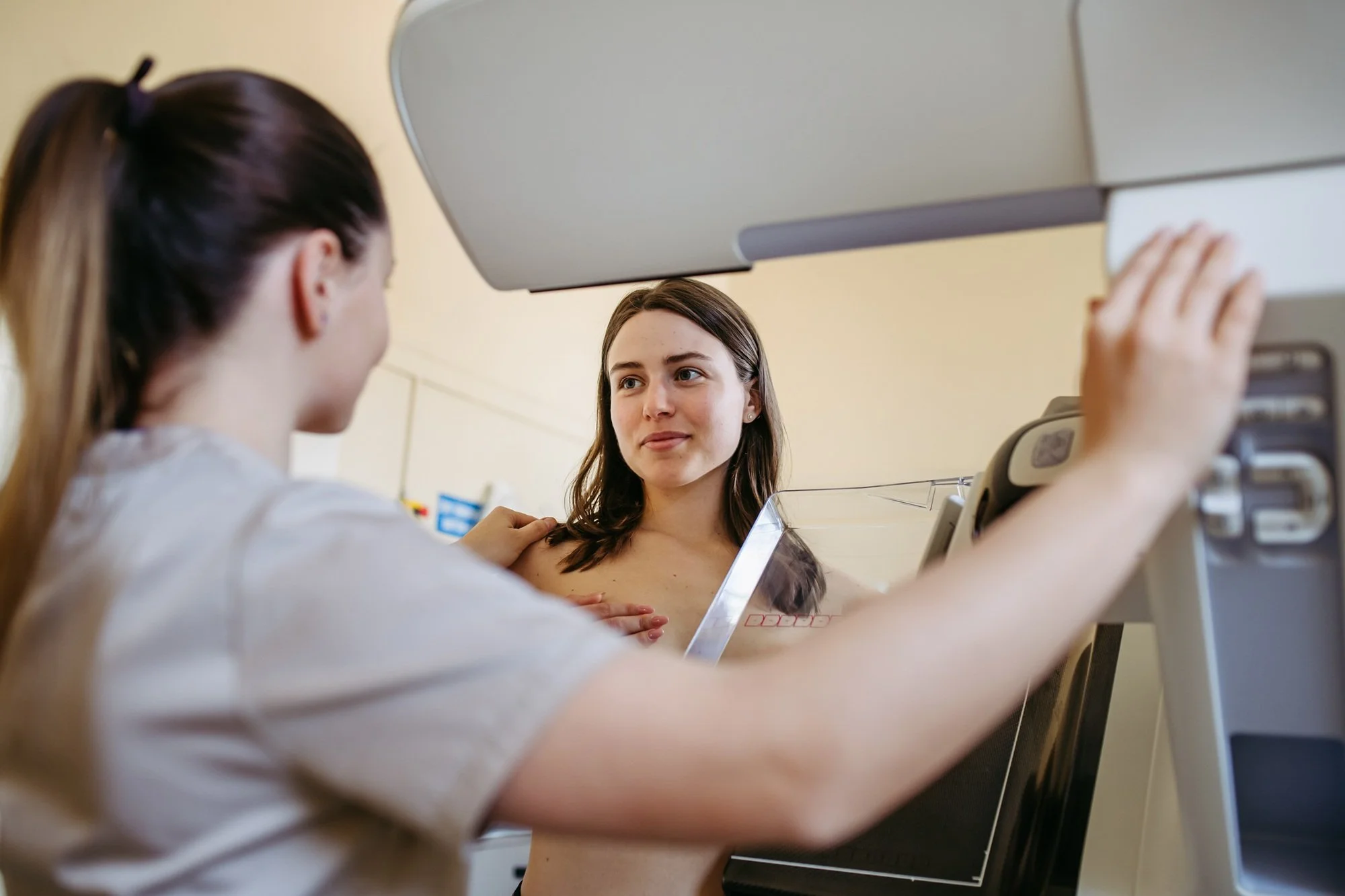From mammograms to lifestyle choices: How to lower your breast cancer risk today
Routine mammograms are an important part of a woman’s ability to detect breast cancer in its early stages. Photo courtesy Kaiser Permanente
DOWNEY — With October observed as National Breast Cancer Awareness Month, it’s important for women to have a better understanding of this potentially deadly disease that affected approximately 310,720 women last year in the U.S. and caused more than 42,250 deaths, according to the American Cancer Society.
Because one in eight women in the U.S. will be diagnosed with breast cancer in her lifetime, knowing the symptoms, causes and importance of early detection can be the difference between life and death, according to health experts.
“It’s vitally important for women to better understand this disease because breast cancer impacts more American women than any other form of cancer,” said Dr. Stephanie Angarita, a breast surgical oncologist at Kaiser Permanente Downey Medical Center. “That’s why early detection is so crucial because it saves lives. The disease is much easier to treat when it’s diagnosed early, whereas advanced stage breast cancer can often lead to more involved treatments, complications and even death.”
Although most breast cancers are found in women who are age 50 or older, younger women are not immune to this disease, Dr. Angarita cautioned. According to the Centers for Disease Control and Prevention (CDC), about 10% of all new cases of breast cancer in the U.S. are found in women younger than age 45. Men also can get breast cancer, but it’s not as common. Less than 1% of breast cancers occur in men, the CDC reports.
To detect breast cancer in its early stages where early treatment can be the difference between life and death, a mammogram (an X-ray of the breast) is highly recommended. There are usually two main reasons for getting a mammogram: screening and diagnosis. A screening mammogram is for someone who doesn’t have any current breast problems. Diagnostic mammograms are used to investigate a particular breast problem.
At Kaiser Permanente, women with average breast cancer risk have the option of receiving mammograms every 1 to 2 years once they turn 40.
For people with above-average risk, recommended screening schedules vary. Talk to your doctor about your situation.
Once you turn 75, have a conversation with your doctor about the benefits and risks of continued screening.
What Are the Symptoms?
According to the CDC, there are different symptoms of breast cancer, which can include:
A new lump in the breast or underarm.
A change in the size or the shape of the breast.
Nipple discharge other than breast milk (including blood).
“You should not delay seeing a doctor if you have any signs that worry you,” Dr. Angarita said. “It’s important to be vigilant and do what you can to lower your breast cancer risk.”
Breast Cancer Risks
The CDC notes many factors over the course of a lifetime can influence your breast cancer risk. You may not be able to change some factors such as getting older or your family history, but you can help lower your risk of breast cancer by taking care of your health in the following ways:
Keep a healthy weight.
Exercise regularly.
If you have a family history of breast cancer, talk to your doctor about other ways to lower your risk.
If you are taking, or have been told to take hormone replacement or birth control pills, ask your doctor about the risks and find out if it is right for you.
Don’t drink alcohol, or limit alcoholic drinks.
If possible, breastfeed your children.
“A healthy lifestyle will lower your risk of developing breast cancer and other diseases, including other forms of cancer,” Dr. Angarita said. “It will also improve your chances of surviving cancer if it does occur.”

